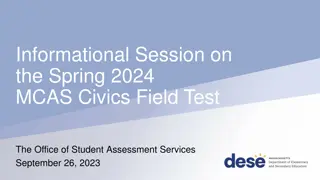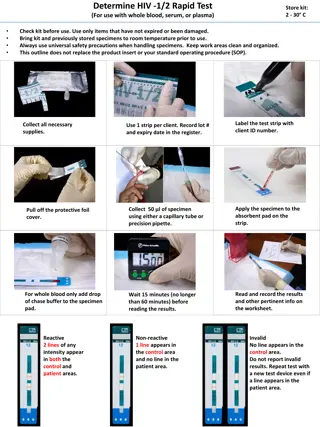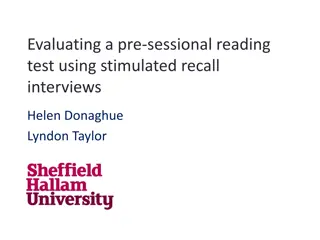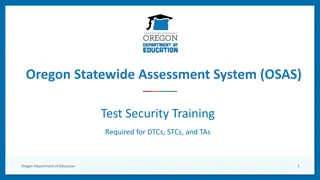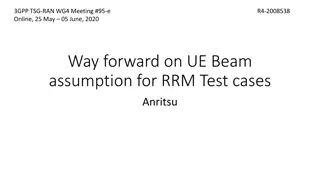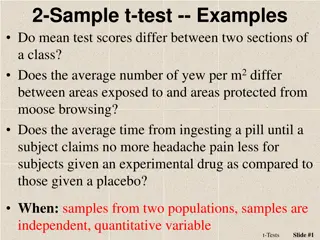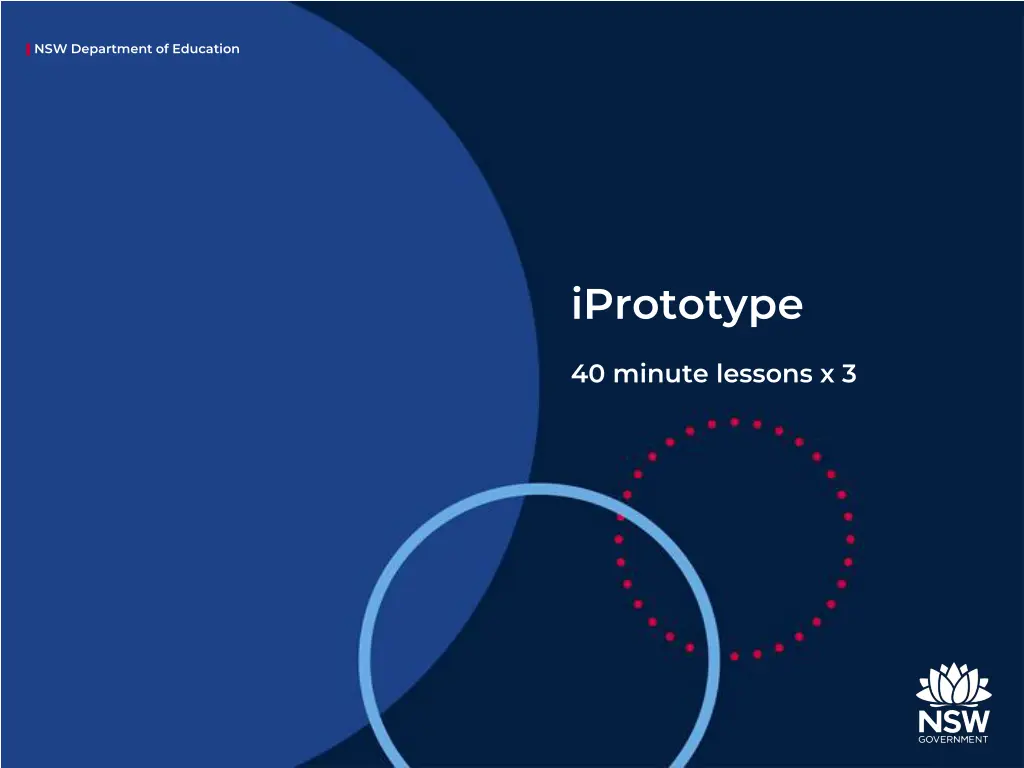
Innovative Rapid Prototyping Lessons by NSW Department of Education
Explore the significance of rapid prototyping through engaging activities like paper plane folding, feature identification, and prototype planning. Discover the art of creating prototypes and testing them efficiently. Enhance your skills in modeling, testing, and collaboration within a 40-minute lesson structure.
Download Presentation

Please find below an Image/Link to download the presentation.
The content on the website is provided AS IS for your information and personal use only. It may not be sold, licensed, or shared on other websites without obtaining consent from the author. If you encounter any issues during the download, it is possible that the publisher has removed the file from their server.
You are allowed to download the files provided on this website for personal or commercial use, subject to the condition that they are used lawfully. All files are the property of their respective owners.
The content on the website is provided AS IS for your information and personal use only. It may not be sold, licensed, or shared on other websites without obtaining consent from the author.
E N D
Presentation Transcript
NSW Department of Education iPrototype 40 minute lessons x 3
NSW Department of Education Lesson Overview iPrototype Item Item Time Time Lesson 1 - Rapid Prototyping 40 minutes Lesson 2 - Modeling and testing refined prototype 40 minutes Lesson 3 - Collaboration and Communication 40 minutes 2
NSW Department of Education Rapid Prototyping Why is it important? Rapid prototyping is the speedy creation of a full-scale model. By creating a physical prototype, designers and investors can physically feel and see the outcome; understanding its functionality and improving the product based on feedback.The creation of the part, model or assembly is usually completed using additive manufacturing, or more commonly known as 3D printing. Rapid Prototyping is an important element in the testing phase as allows you to explore and realise concepts more quickly. 3
NSW Department of Education Activity one: Paper Planes 15 minutes Equipment: A4 Paper (one per person) Task: You will have 5 minutes to fold an aeroplane that will fly the furthest. Measure how far the aeroplanes flew
NSW Department of Education Feature Identification Why is it important? A feature is an interesting or important part or characteristic of a prototype. It is important to identify all features of a prototype and analyse what worked well, what did not work and what features could be improved on.
NSW Department of Education Activity two: Rapid Feature Identification 10 Minutes Students identify all features of their prototype, and define what worked, what did not work and what they could improve. Use worksheet provided.
NSW Department of Education Planning for the Prototype Why is it important? The prototype testing plan allows you to analyse the many different ways in which you can test your prototype using a variety of materials, or you can just simply sketch it.
NSW Department of Education Activity three: Improve Paper Planes 15 minutes Utilising the previous worksheet improvement column, you will develop thumbnail sketches of paper planes with different modification ideas to improve the distance of your first flight. You will then choose your favourite design and explain why you think it will fly further. Use worksheet provided.
NSW Department of Education Modeling and testing refined prototype Why is this important? It is important to refine prototypes and constantly test them. When users test a prototype they are constantly providing feedback on how usable and valuable your product is to the end user. You gain insights about how your prototype is being used and what you can do to improve it and address the main concerns. If the prototype is to be retained and used to produce a system, refinement will continue until the final system is produced.
NSW Department of Education Activity four: Refine and Construct 20 minutes You will utilise your sketches from the previous lesson to refine and construct a new prototype. Students will test their plane to see if their prototype flew further than their first rapid prototype. You will be provided with a second piece of paper if you need to refine and construct further.
NSW Department of Education Activity five: Collaborate and plan 20 minutes You are to connect in a group of three to discuss your findings from the previous exercise. You will share your designs with peers and come up with ONE design that you all agree will fly the furthest. You will then create an instructional flowchart for ONE plane, using sketches to explain the process of constructing a third prototype. Use worksheet template provided.
NSW Department of Education Example of an instructional flowchart Student flowchart will also include sketches
NSW Department of Education Activity 6: Communicate and Construct 20 minutes You will utilise your instructional sheet from the previous lesson and be provided with a new piece of A4 Paper. You are to collaborate and test your theories, then as a team evaluate your process and prototype. Once you have completed the above step, your team will be given a second sheet of paper and are challenged to each only use one hand (non-dominant) to build your plane. You will then test your theories and evaluate your process and prototype to see what plane worked best and flew the furthest.
NSW Department of Education Understanding different types of prototype methods 10 Minutes There are many different ways to prototype. Sketches and diagrams - Quick and easy to generate ideas Physical - Great to see in 3D forms Flowcharts - Easy way to prototype a process Mock up - static, yet realistic renderings Paper interface - Paper interfaces are handy at the early stages of prototyping for digital products Storyboards - visualises how users would experience a problem or product Logo creations - versatility to create quick and simple prototypes Role-playing - explore scenarios with experiential prototyping, simulating the physical environment.
NSW Department of Education Activity 7: Checkpoint Activity 10 minutes Check your understanding? 1. What is rapid prototyping and why is it important? 2. Why is it important to identify features of a prototype? 3. When planning to create a prototype, what are some elements you need to consider? 4. Why do you need to constantly refine a prototype? 5. What are some examples of prototypes and explain their function.



